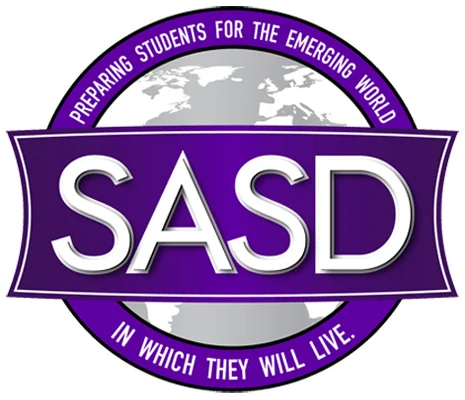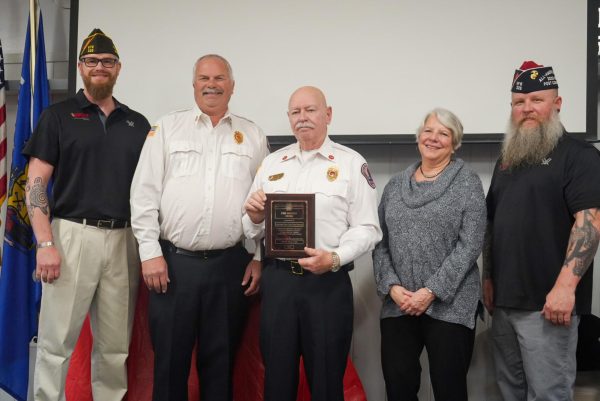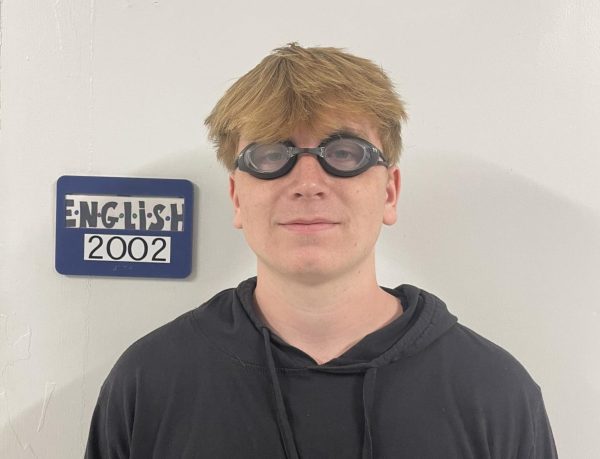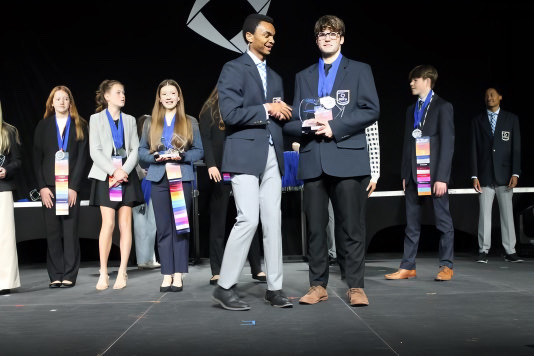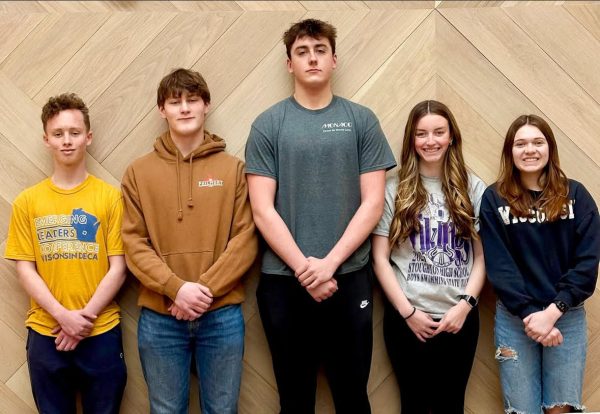The Future Educators Class is Back
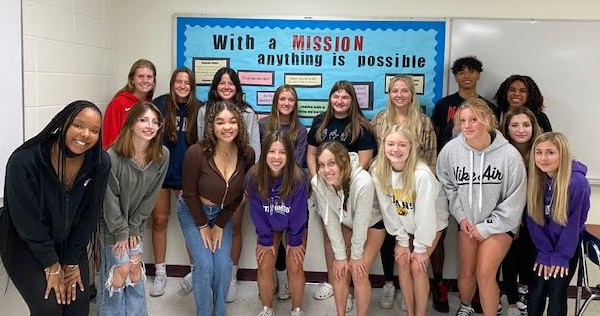
Students in the Future Educators for Literacy Class pose in front of their mission board located in room 302.
After a three-year hiatus due to COVID-19, the Future Educators for Literacy class is back again at SHS. This elective class started in 2014 and was originally taught by former SHS staff member Todd Hipke, with co-teacher Beth Anderson. Now Anderson teaches the class alone in addition to working as a reading specialist at SHS.
The class takes place in room 302 during second hour, where Anderson teaches her 20 students how to better interact and help elementary school students through school subjects.
“We focus on literacy skills like reading aloud and interacting with the kids, […] and we focus a lot on writing and reflection, [such as]: ‘How are things going?’, [and] “What can you do better?’” Anderson says.
The students take what they learn in class on Mondays and Fridays, and put it into action when they visit each Stoughton elementary school once a week. The Future Educators for Literacy Class is similar to other classes since students are still required to complete the same amount of summative and formative assessments. Although, assignments are primarily in the format of oral presentations in this class.
“It’s important for people becoming teachers or working with kids […] to be comfortable speaking in front of others,” Anderson Says.
A senior in the class, Brianna Radecke, took this class because she plans to go to college for elementary education at the University of Wisconsin-River Falls. So far, the class has taught her how to “create a connection with kids at a young age and talk to them so they won’t feel overwhelmed or intimidated,” Radecke says.
The students not only support those at the elementary schools with reading and writing, but also with other subjects, such as science and math.
“I like helping [the kids] with math because they’re learning it so much differently now. With me helping them, they’re also teaching me a different way to look at math. I think that’s kind of cool,” Radecke says.
Radecke isn’t the only one to notice the positive benefits of the Future Educators for Literacy class. Those in the community also regard the class as a step in the right direction.
“The first day we went into the schools, it was a really positive atmosphere, and I received two emails from community members thanking us. One parent said, ‘My student came home, and they were so excited to talk about the high school students that they met today,’” Anderson says.
The high school students are split up into groups of one to four, depending on the number of student assistants a class requests. Since first quarter is just underway, the students are mostly observing the elementary school teachers in the classroom, with occasional chances to teach one-on-one with students or in front of the class.
No matter what role the high schoolers have in the classroom, they still have an opportunity to connect with the kids they are helping.
“There are a few kids that I’ve already known prior because of my job at Stoughton Tumblers,” Radecke says. “I’ll see some of them every once in a while, but there are a few that I’ve really connected with that are like, ‘Brianna come here,’ all the time.’”
The class is a semester long, but high school students in the class have the chance to get to know those at the elementary schools even better if they decide to return to the three different schools independently during study hall second semester.
First semester students can count 30 hours of their time at the elementary schools towards volunteer time. They then can count 90 hours second semester since it is done independently, and they have to drive themselves instead of getting on a class bus that students take during first semester.
“While everyone else is in their chemistry and math classes, we hop on a bus to go to the elementary school. We work there for 30-35 minutes, and then we bus back,” Anderson says.
Radecke believes there’s a benefit to visiting elementary schools and working with the students, no matter the time span. She says that she’s already improved on “going to the schools and being a different person—in a good way—and being able to interact with the kids.”
Not only are the high school and elementary school students benefiting from this collaboration, but the teachers, including Anderson, are as well. Anderson notes what joy has come from supervising all of the classes that her students have helped out in over the many years of her involvement.
“It’s really fun now as the teacher looking at all the elementary school kids. I recognize kids from elementary school when they come to high school. They say, ‘Hey, I recognize you.’ It shows the value of relationships and how important it is to be an involved community member,” Anderson says.
Any SHS junior or senior interested in joining the Future Educators for Literacy Class are encouraged to join by Anderson and Radecke, as long as they have room in their schedule and good attendance at school.
“Anyone who’s interested in becoming a teacher, working in child care, or working with children in some occupational therapy [should join the class],” Anderson says. “Or if [students] don’t know what they want to do after high school, I also recommend it because it’s a great way to figure out your strengths and weaknesses.”
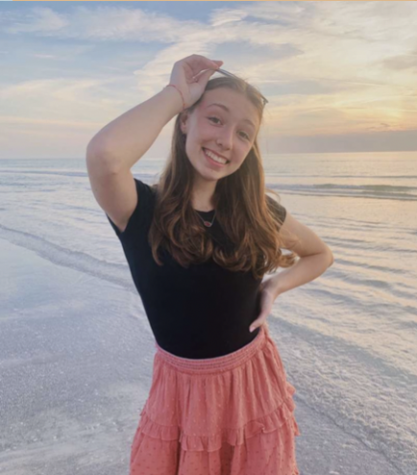
Junior Lauren Amstadt is the Norse Stars business manager as well as a staff writer. Laurens favorite part of Norse Star is being able to spread awareness...


